Losses are gathering and ticking up due to rising claims activity
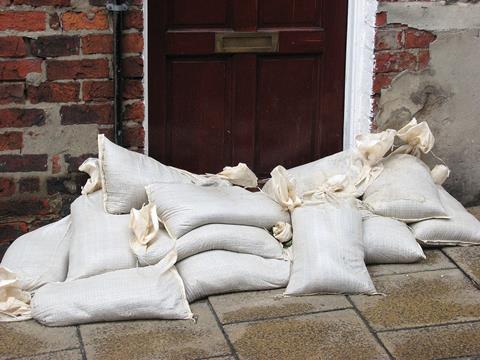
The UK commercial property insurance line has been “performed relatively well over the past five years”, but attritional loss ratios are expected to tick up due to rising claims activity and competitive market conditions, AM Best says.
Catherine Thomas, director of analytics at AM Best Europe said the recent flooding can be expected to drive up insurers loss ratios.
A recent AM Best statistical study of the market showed the majority of the top 10 writers in 2011 had loss ratios below 100.
Combined ratios for five of the top 10 were above 100, rising to 139.6 for number 6-ranked XL Insurance Co. Ltd.
However, a number of these writers including top writer RSA have London market exposures and international catastrophes were significant in 2011.
There were “no headline events” in the United Kingdom last year, Thomas noted.
Two recent years with headline events 2007, with heavy flooding, and 2010, with a bad winter freeze were less profitable for the UK commercial property sector, but the overall domestic business has otherwise been performing profitably, she said.
“You are still seeing some fairly stable reserve releases, year-over-year,” Thomas said, noting the market is competitive.
Loss ratios are expected to creep up, however. She said the weak economy may spur commercial insureds to cut back on maintenance and services, leading to an increase in claims. There are also signs fraud is on the rise, Thomas noted.
In 2010, UK insurers uncovered 133,000 fraudulent insurance claims, up 9% from 2009, according to the ABI.
The group said over the past five years, the number and overall value of insurance frauds detected have risen more than 100%.
It found insurance fraud costs £2bn (US$3.1 billion) a year. The ABI report covered the insurance market as a whole and was not solely focused on the commercial line.
Thomas said there has been some upward pressure on rates, but nothing significant. However, recent flooding in the United Kingdom could drive up loss ratios and prompt price increases.
In addition to flooding in late June, the United Kingdom was hit with further flooding July 6 - 7 following exceptionally heavy rainfall, according to risk modeler RMS.
The UK has been subject to the wettest April to June period on record, resulting in saturated ground, high water tables, and full reservoirs.
RMS said the worst-affected areas were in the southwest of England, especially in Devon, as well as parts of the northeast and the Midlands.
Neena Saith, director of catastrophe response at RMS, said in a statement that long-term weather forecasts indicate the unsettled weather may continue into August.
“If this holds true, then the risk of flooding may remain high over the next month or so, however it should be noted that long-term weather forecasts are extremely uncertain,” Saith said.





























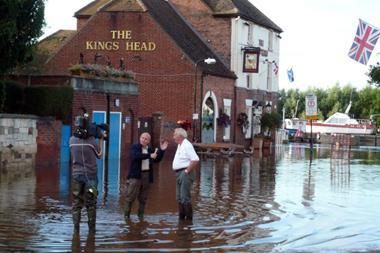


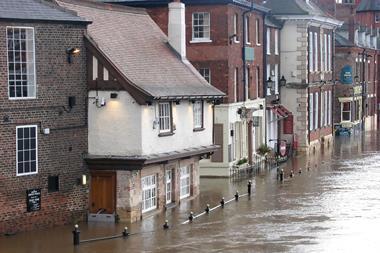
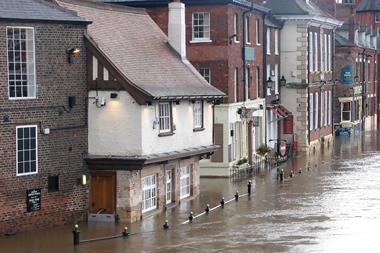
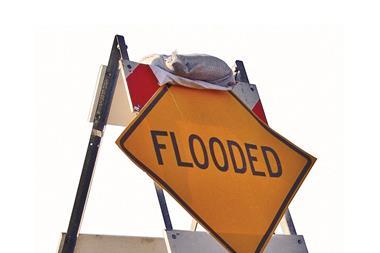



No comments yet